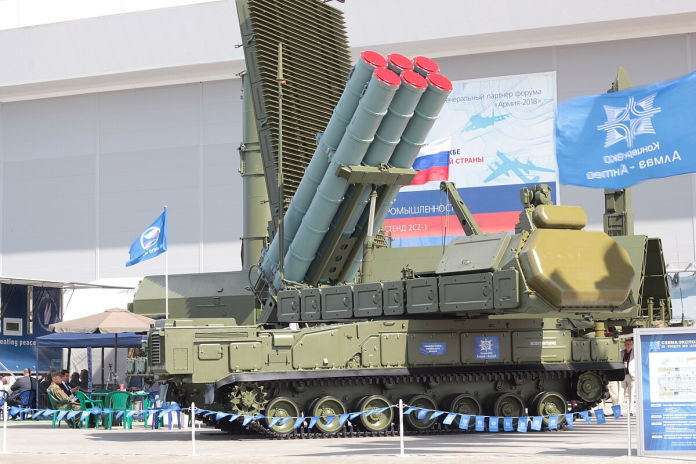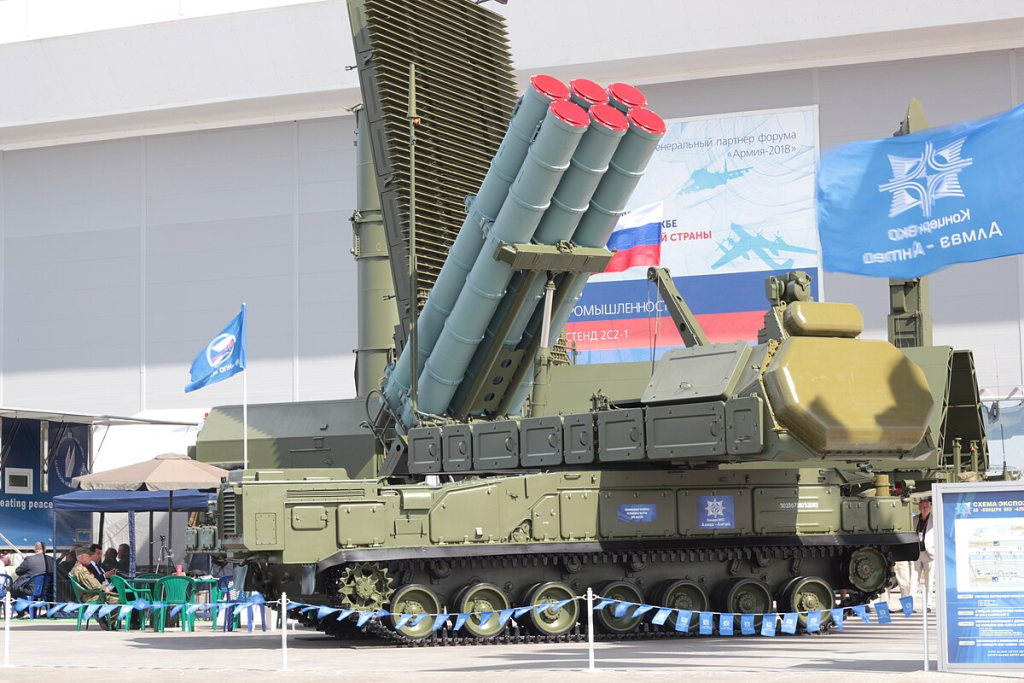
Can one really destroy one of the world’s most advanced air defense systems for less than a family vacation? That was settled with a resounding and ominous yes in Ukraine’s latest assault on Russian forces. On Sept. 14, Ukraine’s military intelligence agency announced that its special forces located and destroyed a Russian Buk-M3 missile system in occupied Zaporizhzhia Oblast using a single drone, according to reports.
The Buk-M3, which costs up to $50 million, is designed to track and target 36 airborne threats simultaneously, from fighter jets to cruise missiles. But its destruction indicates the basic paradigm shift in twenty-first-century warfare one in which low-cost, high-precision unmanned systems can destroy high-value targets once thought all but impenetrable. This is not a war story; it is an analysis of the changing economics, technology, and strategy of twenty-first-century warfare. According to battlefield dispatches and defence analysis, here are seven conclusions on what this strike indicates about the evolving face of conflict.
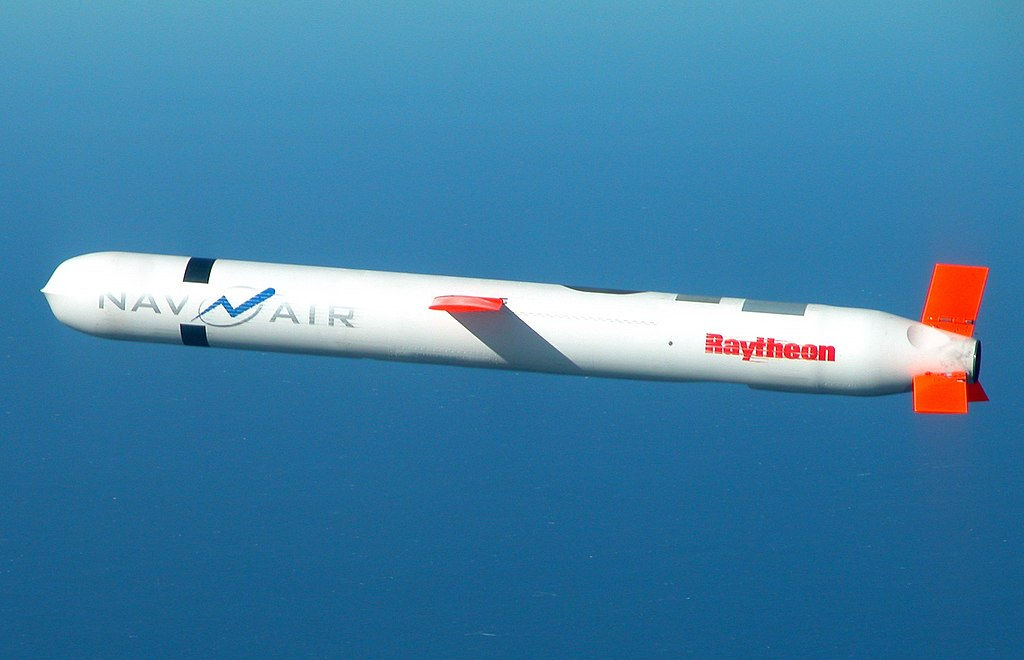
1. The Buk-M3’s Capabilities and Its Weaknesses
The Buk-M3 is the newest iteration of a Soviet-era missile system originally deployed in the 1970s. Manufactured by Russia’s Almaz-Antey, the Buk-M3 can track and target 36 objects at the same time, including aircraft, drones, and cruise missiles. Its radar and missile units are mounted on a mobile platform, which can be redeployed rapidly.

But mobility and sophistication do not make it invulnerable. In Zaporizhzhia, Ukrainian forces appeared to have exploited its weakness most likely during a stationary deployment phase utilizing an inexpensive, small UAV to mount a precision strike. The incident illustrates how even advanced air defense systems can be outwitted by inexpensive, maneuverable threats below customary radar levels.
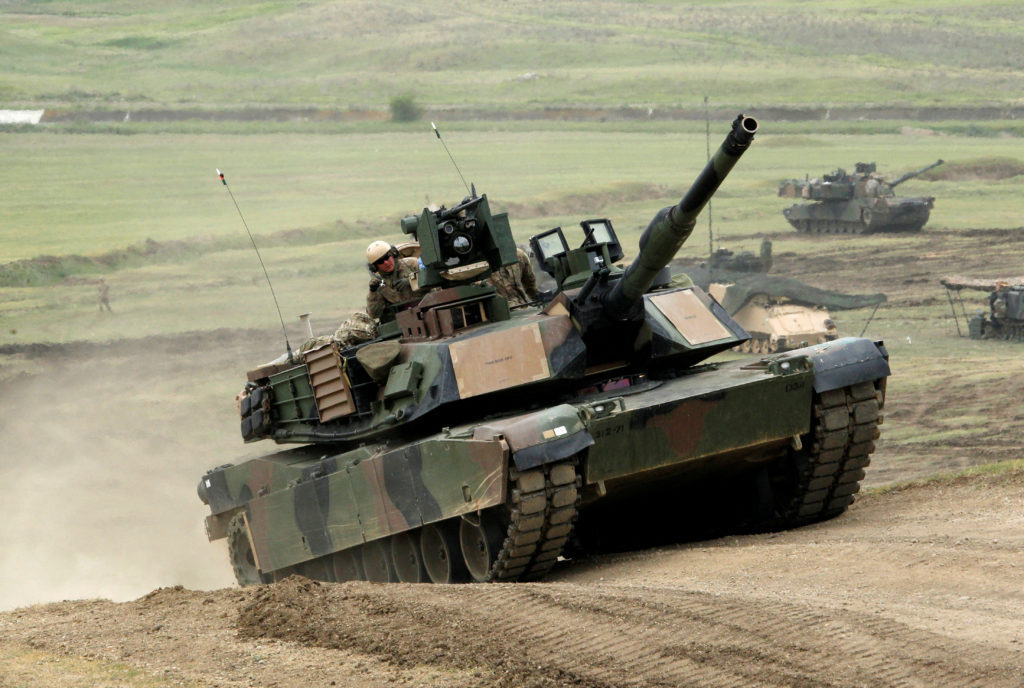
2. The Asymmetric Economics of Modern Warfare
The destruction of a $40–$50 million system by a sub-$1,000 drone is a cruel reminder of the shifting cost-benefit dynamics of war. Ukrainian drones destroyed over 65 percent of Russian tanks, according to NATO data, demonstrating the disproportionate advantage of low-cost attritable assets.
This flip of traditional military economics forces planners to revise purchasing needs. Instead of relying solely on survivable, high-tech platforms, armies are introducing expendable and attritable systems into their inventories, creating layered risk profiles that can saturate even sophisticated defenses.
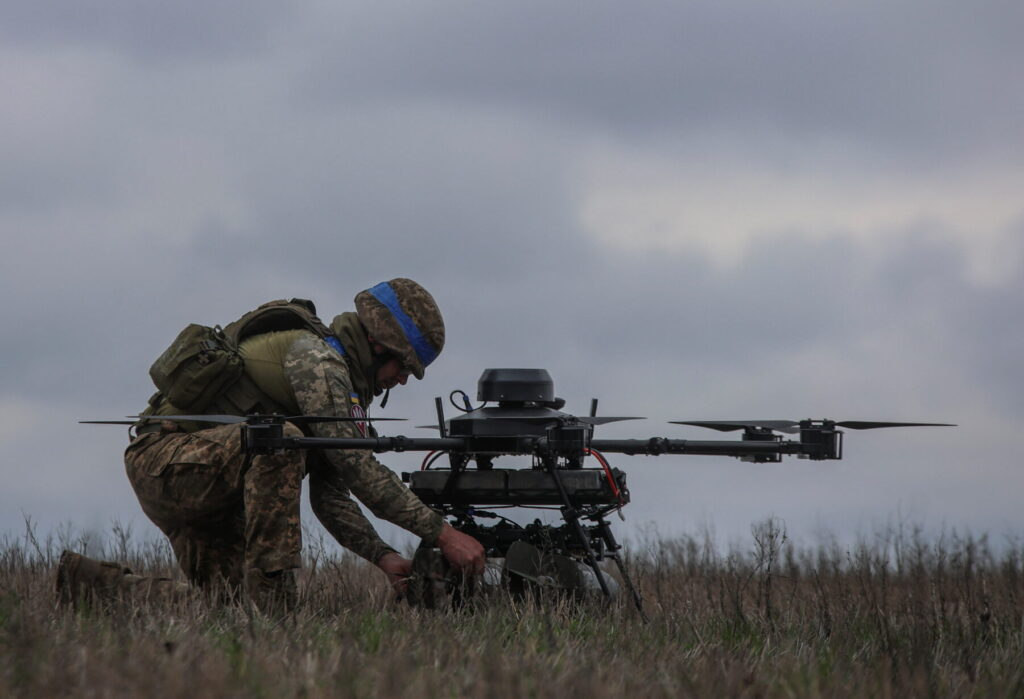
3. Ukraine’s Growing Drone Arsenal
Ukraine’s drone capabilities are now aerial, ground, and naval. First-person view (FPV) drones pound armor and artillery on the front lines, long-range drones strike refineries and airfields deep inside Russia, and naval drones have pushed the Russian Black Sea Fleet out of its Crimean base.
By 2025, Ukraine intends to produce approximately four million drones, with top officials estimating ten million annually would be needed to shift the balance on the battlefield. Such scale is facilitated by rapid cycles of innovation, domestic production, and battlefield learning loops allowing new designs to be fielded within weeks.
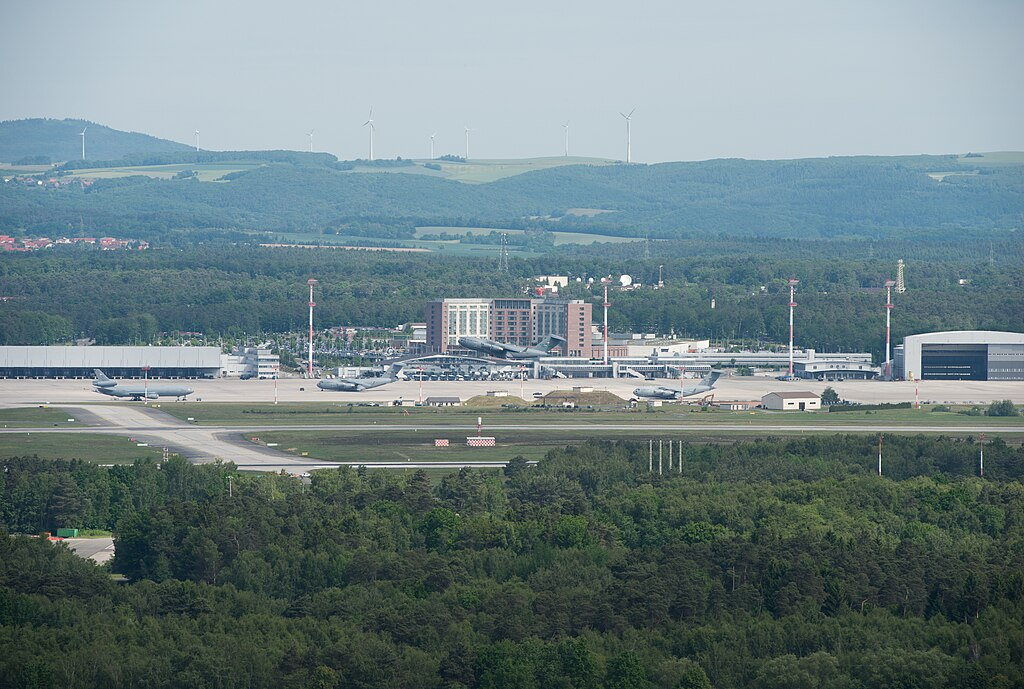
4. Air Defense Strategy Lessons
The Buk-M3 loss is indicative of a wider challenge to modern air defense. As NATO Allied Air Command Air Marshal Johnny Stringer has noted, defeating large numbers of low-cost drones means going “back to first principles” of detection and multi-layered response. Ukraine has attempted acoustic sensor networks and extended sensing beyond the radar to defeat small, low-signature targets.
The episode points out that integrated air and missile defense will now have to deal with a variety of threats from hypersonic missiles to improvised quadcopters demanding agility in detection as well as command-and-control systems.
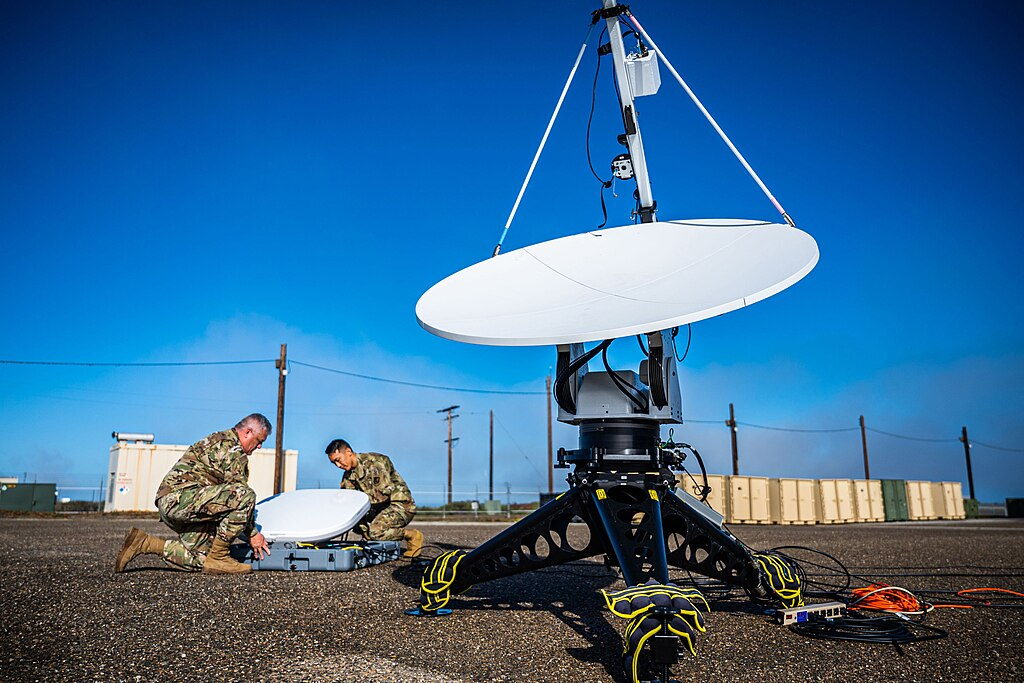
5. Electronic Warfare and the Drone Threat
The war in Ukraine has occurred in an intensely fought-over electromagnetic environment. Russian communication interference and GPS jamming have compelled Ukrainian operators to employ inertial navigation, mesh networks, and satellite links in order to maintain control over drones.
That a drone could still penetrate and destroy a Buk-M3 suggests either a lack of local electronic warfare coverage or the use of hardened, frequency-agile control systems. This dynamic tension between invulnerability of drones and electronic attack is now the characteristic defining the battlefield.
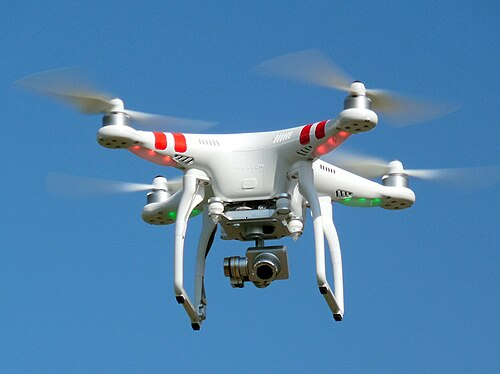
6. The Democratization of Air Power
Traditionally, air superiority was a function of fleets of advanced aircraft and skilled pilots. Nowadays, as Air Marshal Stringer explained, “you could do most if not all of the airpower roles for the cost of a drone, a laptop, and some imagination.” The Buk-M3 strike is a nice example of this democratization.
By lowering the cost of entry, drones make it possible for even poor forces or non-state actors to bid for airspace and deliver precision strikes. This levels parts of the playing field, making traditional force planning and deterrence models less effective.
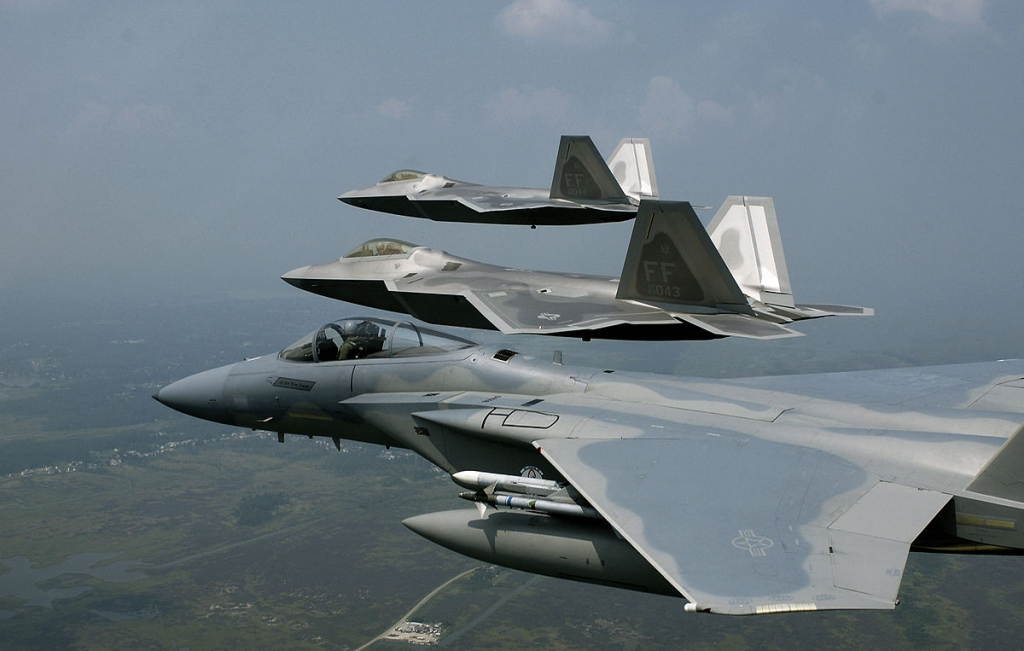
7. Strategic Signaling Beyond the Battlefield
If it is indeed confirmed, the Buk-M3 annihilation is not only a strategic win but a message as well. It serves to show Ukraine’s ability to go deep into occupied lands, strike high-priority targets, and get through layered defenses. These types of missions can drain the enemy’s morale, tighten the squeeze on logistics, and force costly transfers of goods.
The incident meanwhile reinforces the plea from Ukraine to its allies to invest more in drone production. As Vice Prime Minister Mykhailo Fedorov told CNN, “We provide high-quality drones, high-quality data and our expertise, and then we get back more security assistance.”
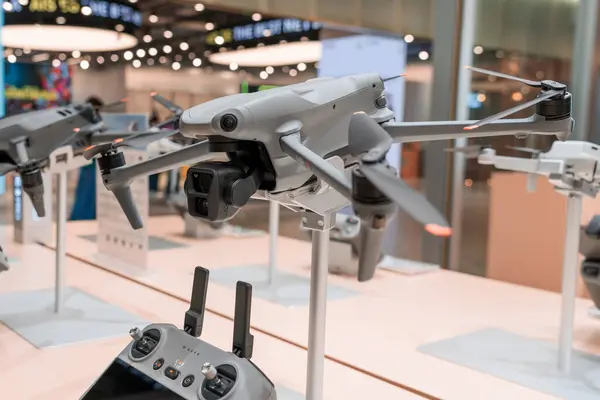
The destruction of a Buk-M3 by a single cheap drone is more than a war anomaly it’s a harbinger of a revolutionary change in war. Cheap accuracy, cutting-edge speed, and contested electromagnetic space are redefining air defense and the exercise of power. For every military, the word is out: flexibility, rather than capability, will be the victors in the next war.
